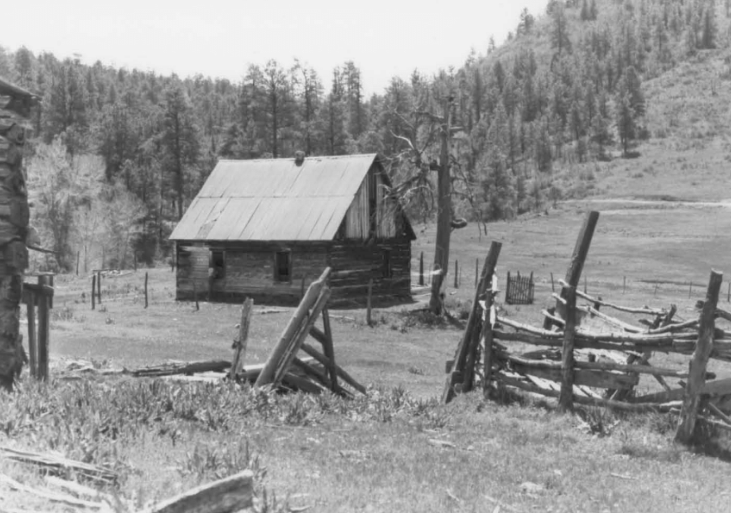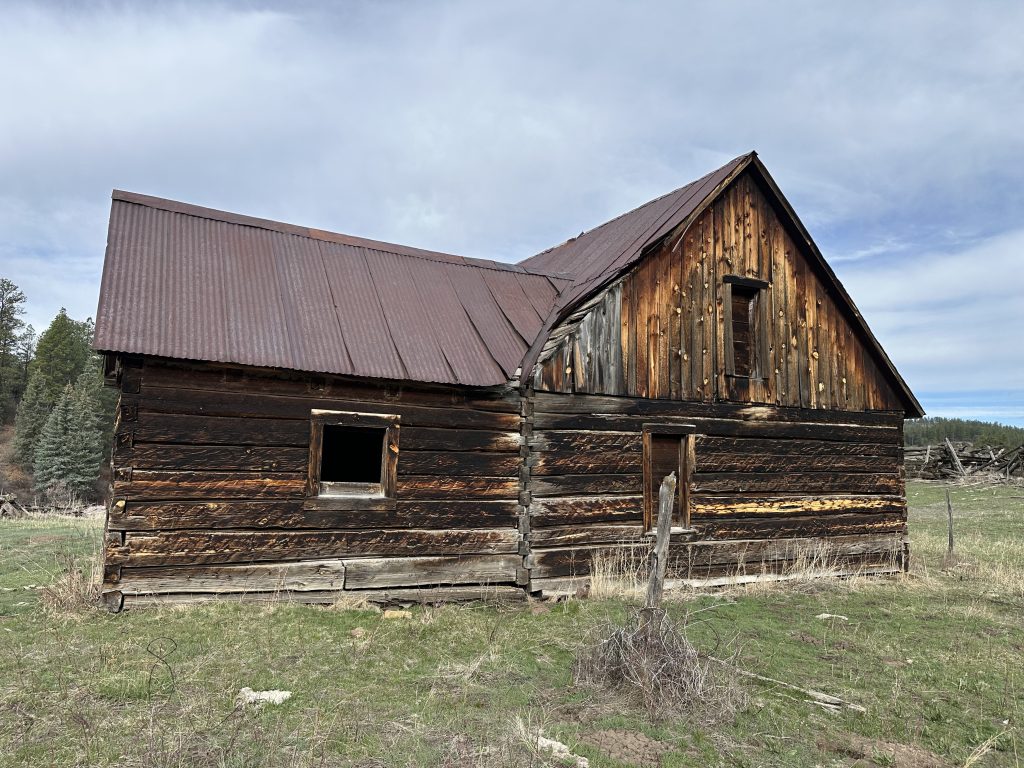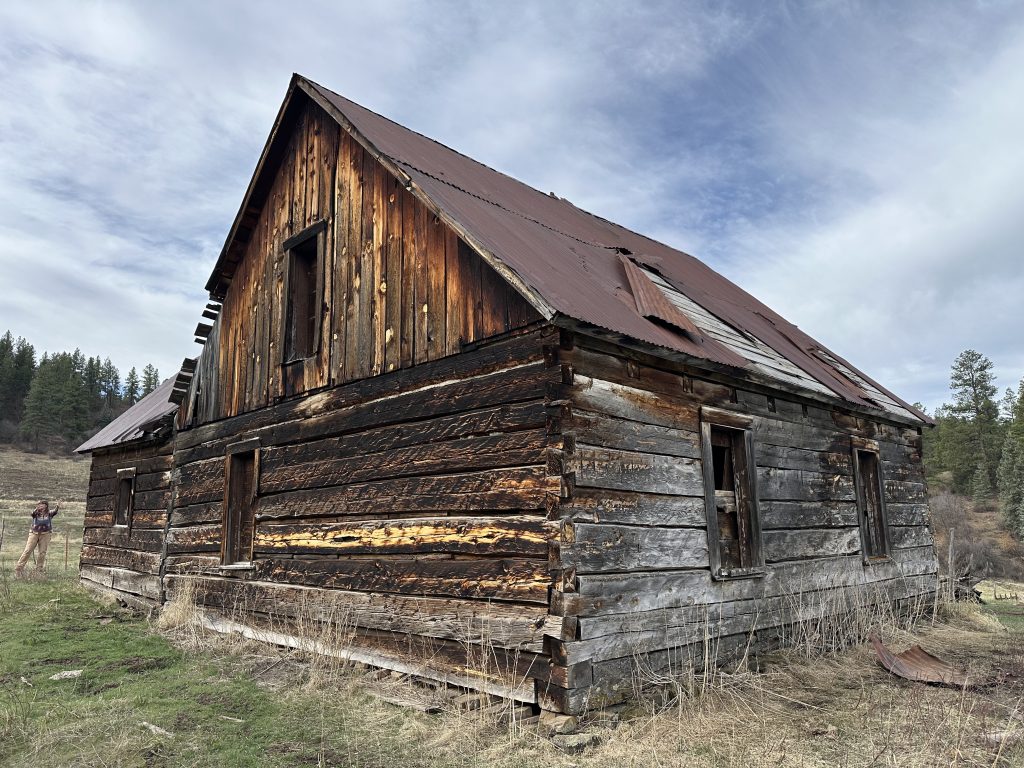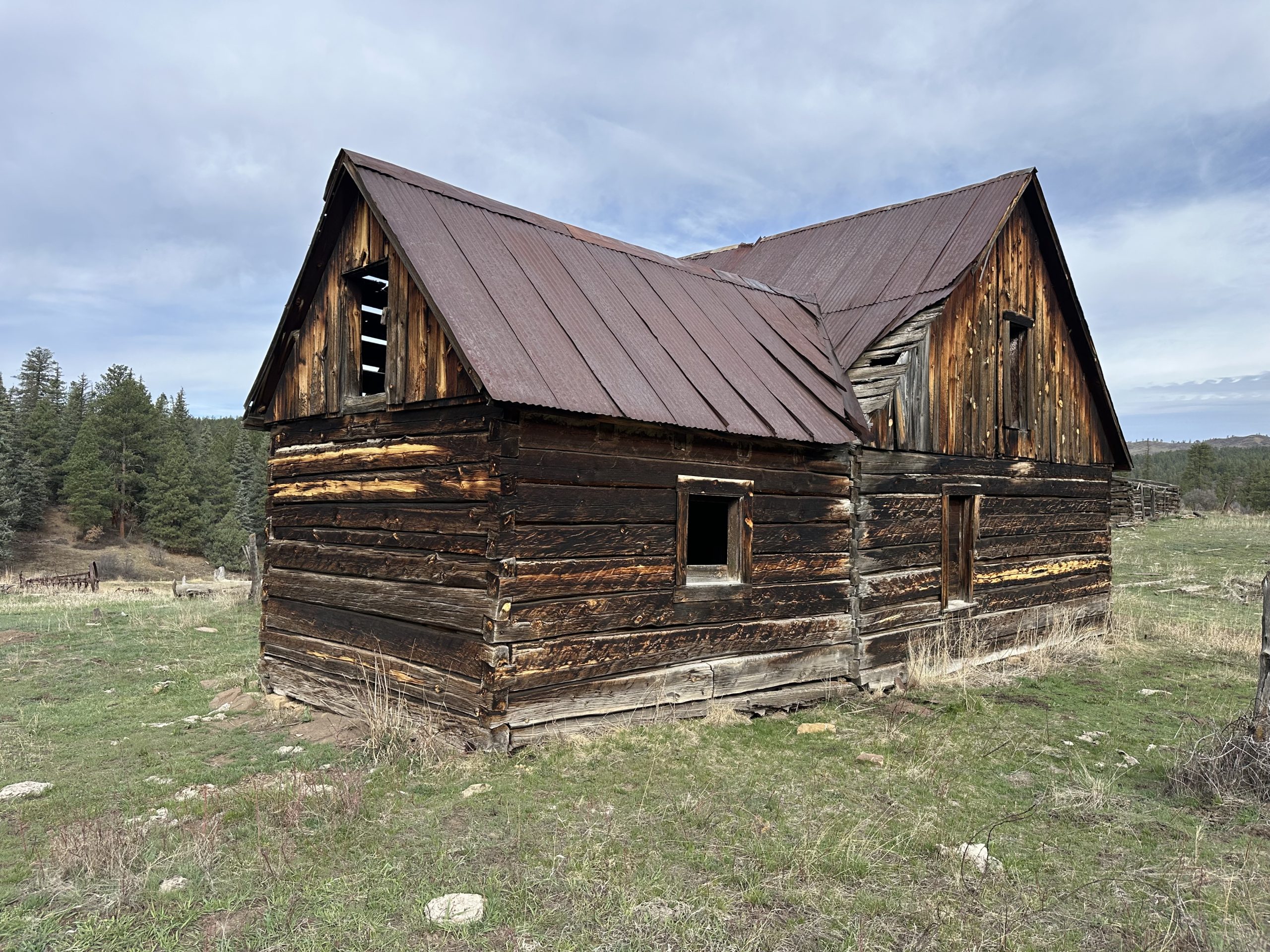Provancher Ranch, CO 2025

Join us as we head to southwestern Colorado to preserve a unique ranch house in the San Juan National Forest!
PROJECT PARTNER: San Juan National Forest
SESSION DATES: October 5-10, October 12-17, and October 19-24 (Session 1 has been canceled)
CAPACITY PER SESSION: 7 Volunteers + 1 Kitchen Helper
PROJECT SUPERVISOR: Sarah Mees!
ASSISTANT PROJECT SUPERVISOR: (Assignment in progress)
CREW LEADER: Ashley Aus!
Project Site Description & History
Deep within the San Juan National Forest sits the historic Provancher Ranch. As one of Colorado’s many National Forests, this area of the state boasts diverse landscapes, bountiful recreational activities, and more. The San Juan National Forest covers about 1.8 million acres of land. The forest is home to four wilderness areas, including the largest one located in the state of Colorado. The San Juan National Forest boasts 600 miles of trails, a number of campgrounds, ample fishing areas, and many more outdoor recreational opportunities.
Provancher Ranch was constructed in 1913 by Marcellino Archuleta, and is historically significant due to its association with agriculture and ranching development within Southwestern Colorado. The Provancher Ranch was established by David Provancher in 1913, who worked in the timber industry before settling into the cattle ranching trade. After building a lumber mill and cabin above Benson Creek, Provancher began running 150 head of cattle on Forest Service land.
After the passing of his wife, Provancher continued to run the ranch with his stepsons. Provancher’s estate grew, as the family began to acquire adjacent timber and mining patents. Provancher and his sons continued their operation of the lumber mill and cattle ranching operation. The cabin structure and ranch site are representative of early the agriculture, ranching and timber industry activities present in southwestern Colorado at the time.
According to the Colorado Cultural Resource Survey, the cabin and barn structure are architecturally significant under National Register Criterion C as an intact example of hand hewn full dovetail log construction used for ranching and agricultural buildings in the early part of the 20th century by people settling in remote areas of Colorado. The craftsmanship of the cabin structure in particular is exemplary in its fit and assembly and is likely only one of a handful of standing cabins of its size in Archuleta County which remains set within a historic agricultural setting that is virtually intact.
We hope you’ll join us this season, as we head out to the heart of the San Juan National Forest to help restore this emblem of Southwestern Colorado history.




Location and Logistics
SESSION DATES: October 5-10, October 12-17, and October 19-24
Please plan to arrive at the campsite no earlier than 5pm and no later than 7pm on the first day of your session.
LOCATION: About 75 miles southeast of Durango, Colorado!
MAP to PROVANCHER RANCH
ACCESS: ![]()
![]()
![]()
![]()
![]()
![]()
Tents, car campers, truck campers, campervans, trailers, and RVs are welcome, though hookups are not available. Dogs are allowed but must be leashed, kept under control, and cleaned up after. The jobsite also has barbed wire, so dogs should not chew on historic features, dig holes, chase livestock, or chase recreationists.
WEATHER: Anticipate highs in the 60s and lows in the 30s. Weather conditions may be rainy, cloudy, or sunny. Volunteers are responsible for checking weather conditions before their session begins, and packing appropriately.
ABOUT VOLUNTEERING: HistoriCorps projects are free for volunteers! HistoriCorps will provide all meals, tools, training, equipment, and a campsite. Volunteers are responsible for their own transportation to the campsite, sleeping equipment, work gloves, clothes and boots, and other personal gear.
Scope of Work
SCOPE OF WORK DIFFICULTY: ![]()
HistoriCorps is committed to educating and training volunteers in preservation skills, with an overarching mission of inspiring a preservation ethic in all those involved. Learning and working alongside expert HistoriCorps field staff and other volunteers while applying the traditional skills necessary to restore the Provancher Ranch, you will assist to:
- Improve building stabilization through sill log replacement, wall log repairs, foundation repairs, and drainage work
- Perform temporary roof repairs to reinforce the roof structure
- Engineer mothball opening systems
Please note: Tasks vary by day and by week, depending on a variety of factors including: weather, project priorities, previous groups’ work, and more. Though it is likely you will get to learn and practice most or all of the above tasks, it is not guaranteed. The higher percentage of the scope a particular task is, the more likely you will get to practice it.
Sign Up!
We’re thrilled this project has inspired you to volunteer!
CLICK HERE TO REGISTER!
Visit our Job Calendar to see how many spaces are available!
*All registrations submitted to projects at capacity will be automatically added to our waitlist.*
CANCELLATIONS effect our ability to complete projects. Please register only if you are certain about your ability to participate.
You will know your registration was successful when you receive a confirmation email. Contact volunteer@historicorps.org for assistance.
HistoriCorps does not charge for its volunteering projects. HistoriCorps relies on donations to continue engaging volunteers to save significant historical sites across America for generations to come. Your donation of any amount will make an incredible difference! Increase your impact – make a generous gift today.
Volunteer Logistics, Policies, and Advice
We’re so glad you’re interested in joining this project! If you’re new to our community, review the Volunteer FAQ first! Please note the following logistics and policies:
- Volunteering with HistoriCorps is free! We will provide all meals, tools, training, equipment, and a campsite or shared indoor lodging. Dinner is not provided on the first night.
- Volunteers are responsible for bringing their own gear, work gloves, sturdy work clothes and boots, and appropriate sleeping equipment. Check the average temperatures before you start packing – the nights and mornings may be colder than you anticipate! Then, read this advice about how to stay warm when tent camping in colder places.
- Campsite accessibility varies by project. Some projects can accommodate tents only; others can accommodate small RVs. Please review the project site description above for more information, and if you’re still not sure, email volunteer@historicorps.org for help.
- If this project does not offer showers, you might want to consider bringing a solar shower or research other methods to clean up after the work day.
- Volunteer crew sizes generally range from 4-8 volunteers, with two HistoriCorps staff that lead and train volunteers in the work.
- Safety is one of HistoriCorps’ top priorities, and volunteers can contribute to a safe working environment by ensuring their physical fitness is adequate for the work. See above for this project’s scope of work and difficulty level. Please, call us if you are not quite sure if a project is a good fit for your skills or fitness level. We may be able to suggest a project more suitable and enjoyable for you.
- Hard hats, eye protection, ear protection, gloves are standard personal protection equipment (PPE) required on all projects. Hard hats must be worn at all times on the project site, unless working in a designated safe space. Field staff will train volunteers on correct use of PPE.
- Dogs are generally allowed to accompany their humans in project campsites (actually, we love having dogs join us around the campfire!). Dogs are not permitted on the job site for everyone's safety. HOWEVER: HistoriCorps also follows the rules and regulations of our project partner. If the project partner does not permit dogs onsite then HistoriCorps is no exception. Please ask HistoriCorps or the project partner directly if you have any questions about whether Fido is welcome.

